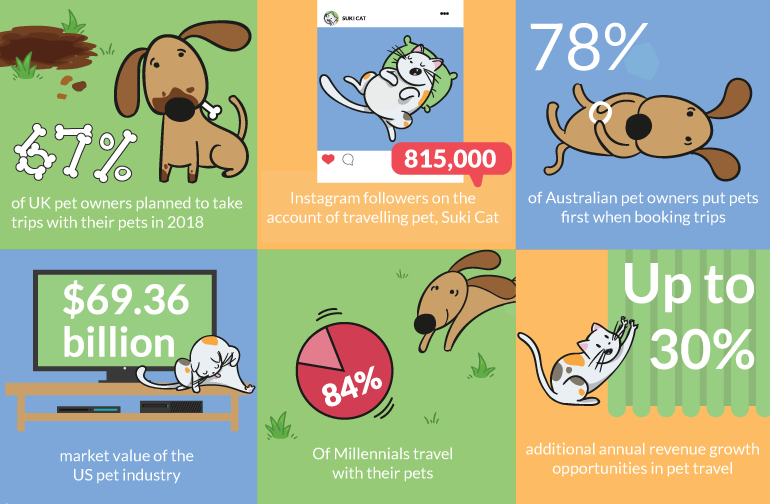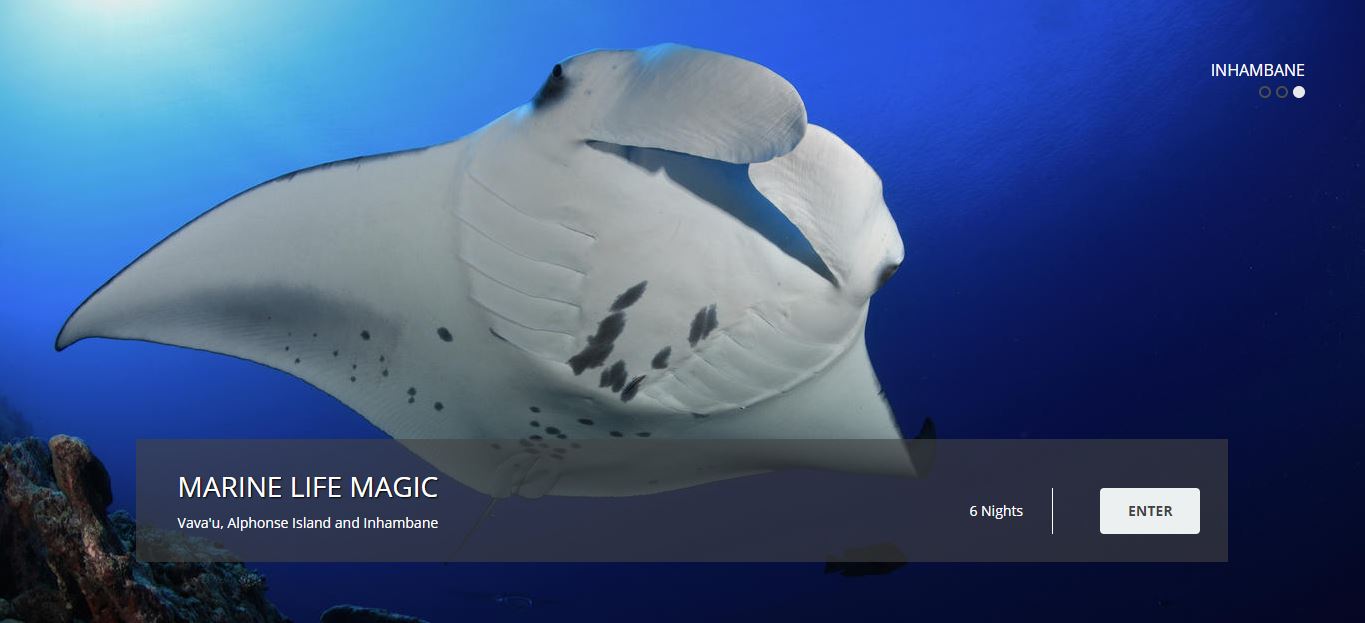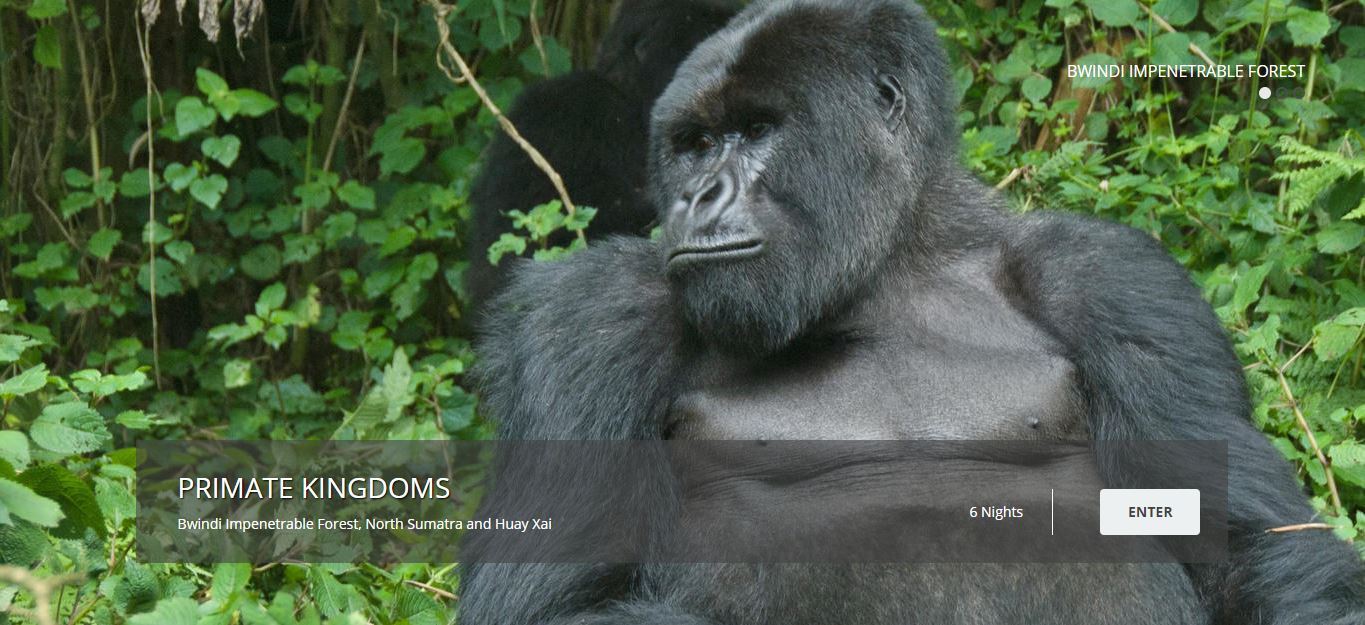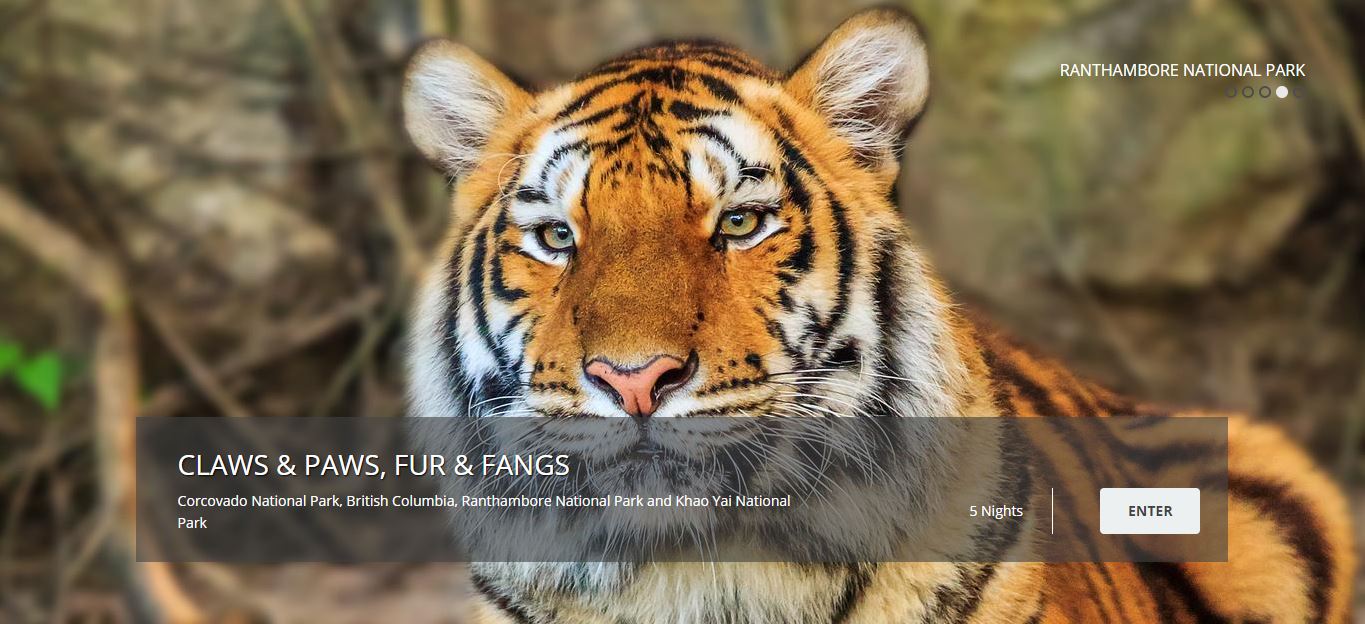Animal lovers are taking their diverse interests into the tourism space with strong, specialised motivations to spend on fulfilling, memorable travel experiences of and with animals. We took a little sniff around some trends sashaying their way to prominence in tourism.
Paws for reflection
Reasons to visit and incentives to travel – every niche needs them. The love of animals has turned out a lucrative range of niche markets for travel brands to tap into. Motivations among travellers range from a desire to view exotic or endangered species, to connecting with and learning about a favourite kind of animal, and even travelling with a beloved pet.
There are people needing to travel with service animals and emotional support companions. A growing demographic of pet parents will only travel with their fur-babies (or simply stay home). These niche markets are developing and their tourism spend is growing fur and fangs.
If we know that there is a largely untapped market of pet parents who would rather travel somewhere they can take their pets, why not service it? There are destinations already making allowances for this lifestyle trend with pet-friendly amenities and facilities, parks and walking trails, beaches, outdoor dining areas and markets, festivals and events, as well as accommodation options. Pet-care professionals like sitters, walkers, groomers and veterinary providers are well established and easy for travel brands to partner with.

Some destinations have packaged experiences to cater to human and pet, so that owners are able to enjoy their break away, do something exciting with their pet and have time for fun without pet. Developing niche products for families, millennial couples or solo travellers with pets can start with research, identifying potential partnerships in-destination. Road trips are probably the easiest travel option but certainly not the only. Cruises with pets, island hopping, train journeys with pets are all well within the realm of possibility – it seems a shame for a few companies to monopolise this market when there’s enough demand to go around.
Pet humanisation has been identified as the key driver behind the trend & growth in pet travel, with…70-80% of pet owners globally treating their pet as a family member.
Woof Advisor
It might seem ridiculous how much social media buzz travelling pets can attract, but there’s no denying its potential. Imagine the marketing mileage of having your brand attached to the travel adventures of Suki Cat…
Booking.com is running a campaign in search of a ‘Canine Travel Advisor’, which they claim is a world first. Their furry face of pet travel is meant to help animal-lovers choose their next destination or trip.
We live in the age of instant celebrity, birthed and exposed to the world through social sharing. This represents communities that connect online and share information on animal-friendly brands.
So take a good look around your destination: from the plethora of parks in Tel Aviv to Woofstock in Toronto, you can bet there are travellers seeking out opportunities to bond with their pets in faraway places.
Call of the wild
Migration and seasonal behaviour attract some animal lovers, others just want to observe animals in their natural habitats. Some are interested in conservation efforts to protect and rehabilitate animals so that they can be returned to the wild, others want to get involved and give something back. Activities can include actual voluntary work or participation in educational programmes with the option to donate money or provide some kind of support or attention to conservation work being done. If the wildlife in your destination depend on having its beaches, riverbanks and oceans kept clean, then tourism to your destination needs it too.
Your client might feel called to help.
Researching this topic, I’ve seen a distinct, definite move away from animal interaction as tourism products – they’re not only increasingly unpopular among tourists but destinations are coming to terms with the threat posed to their natural resources. At this stage, it seems an unsustainable false economy bound to earn the die-hards a reputation that will lose them future business. Regulation and control are necessary measures that destinations should be taking more seriously as animal lovers will vote or veto with their tourism spend.
Southern Africa Tourism Services Association has been tasked by its members to develop guidelines for animal interaction in tourism.
Tourism Update
Investigate conservation programmes in your destination that allows travellers to observe or participate in animal tracking, and provide the necessary info to educate them on the challenges around these programmes. Your animal-loving client will appreciate the fact that their tourism spend has contributed to the training of local guides and rangers, the protection and rejuvenation of an endangered species. You could easily delve deeper into this niche and focus on particular animals and their habitats. Animal lovers want to celebrate previously endangered species that now thrive.
They want to see the iconic animals of a country and learn something about them: Indian tigers; North American grizzly bears; Chinese pandas; the African Big 5; Australian kangaroos; South American llamas and condors; and so on. What’s in your destination?
Find your inner animal niche
Where there’s a special interest, there’s an excursion, day tour, itinerary component or multi-day activity. The animal kingdom is fabulously vast and diverse; so whatever destination or experience you sell, it will have some potential niche animal appeal.
Travel companies are spoilt for choice in animal themes around which to develop niche tour products and promote their destinations. There are other cute animal quirks to investigate and incorporate into products for the right animal lover – bars festooned with owl paraphernalia or the Owl House of Nieu-Bethesda, South Africa, Cat Island in Japan, temple monkeys in Asia, swimming with pink pigs in the Bahamas, and many more besides. Identify the parts that match your niche experiences, keep that info where your team can find it, add to their itineraries, and ruffle some feather-loving travellers the right way.





Would you like to share your thoughts?
Your email address will not be published. Required fields are marked *